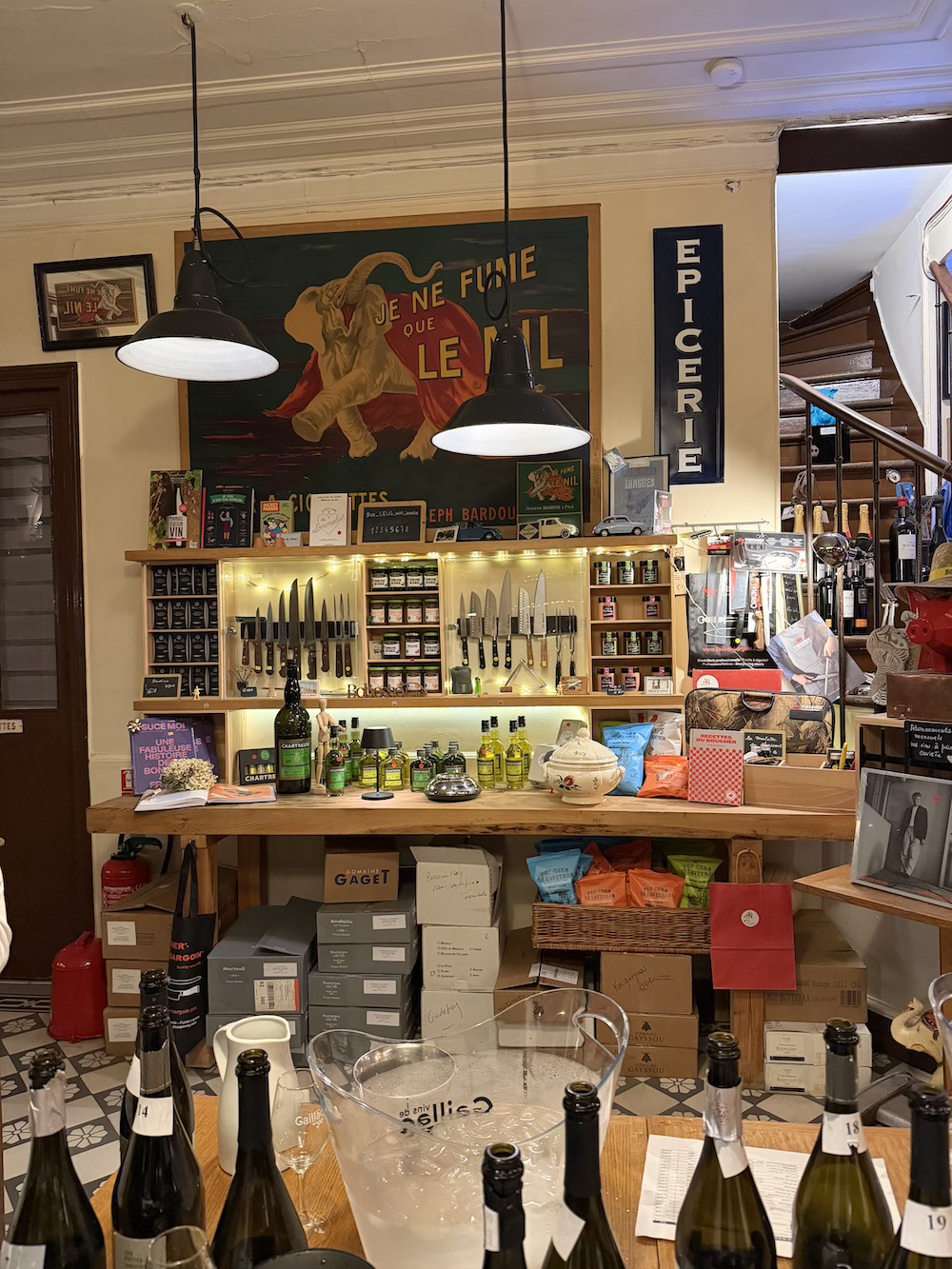
Editorial

Editorial
By françois Gilbert - Editorial Director, posted on 17 April 2024
The South American wine industry is primarily represented worldwide by Argentina and Chile, which account for 80% of production. Uruguay and Brazil are also important contributors, even though Brazil exports very few of its wines.
The iconic bottlings produced by three of these countries, which have long carved out a place for themselves in the global marketplace, are very much front of mind. Chilean Carmenere, Argentinean Malbec and Uruguayan Tannat have found favour with lovers of tannins and aromatic length. Alongside these, however, is a more boutique range of wines that rarely make their way into the spotlight – sparkling wines.
One of the most dynamic segments in the wine trade, global sparkling wine production has marginally increased over the past few years. It averages at around 18 million hectolitres in volume, equating to just over 2.5 billion bottles. In actual fact, the increase in sparkling wine production mirrors the overall trend for global wine production. Its share accounts for around 7% of world wine production and has remained unchanged for the past few years.
It may just be that South American sparkling wines are one of the next big things to come out of the region, which is why we went to take a closer look, in Argentina of course, but also in Uruguay and more surprisingly, in Ecuador. As you will see from our report (page 114), some South American sparkling wines certainly compare very favourably with their counterparts around the globe.

Editorial

Editorial

Editorial